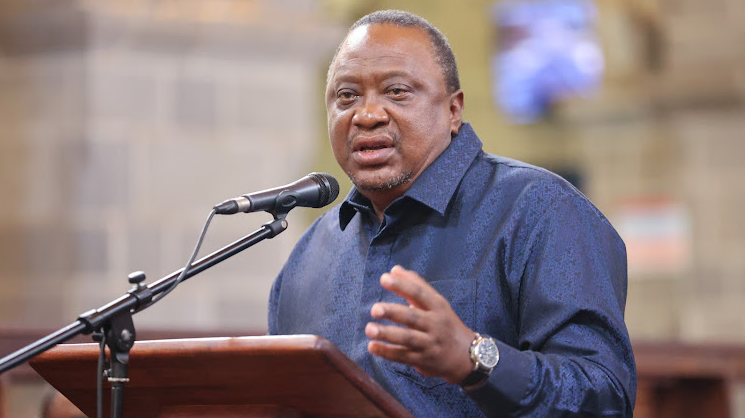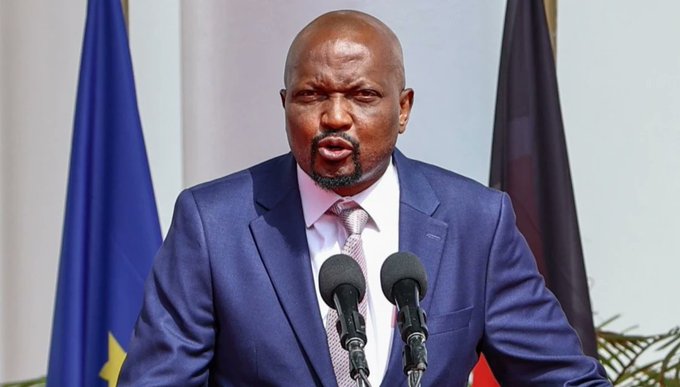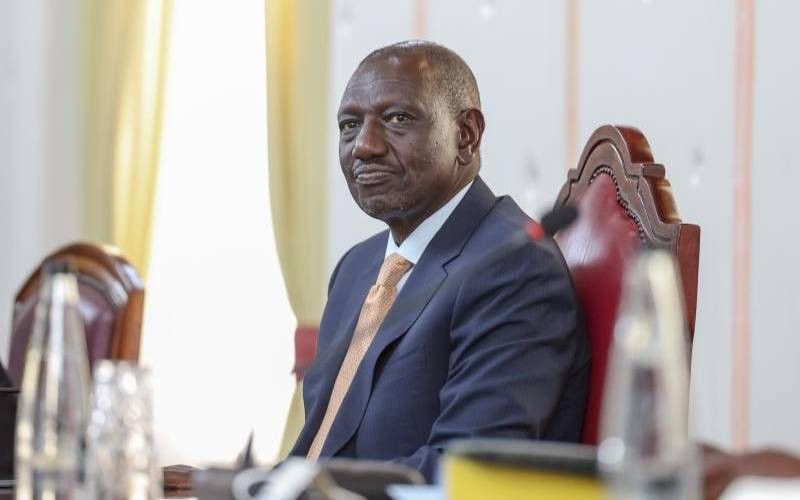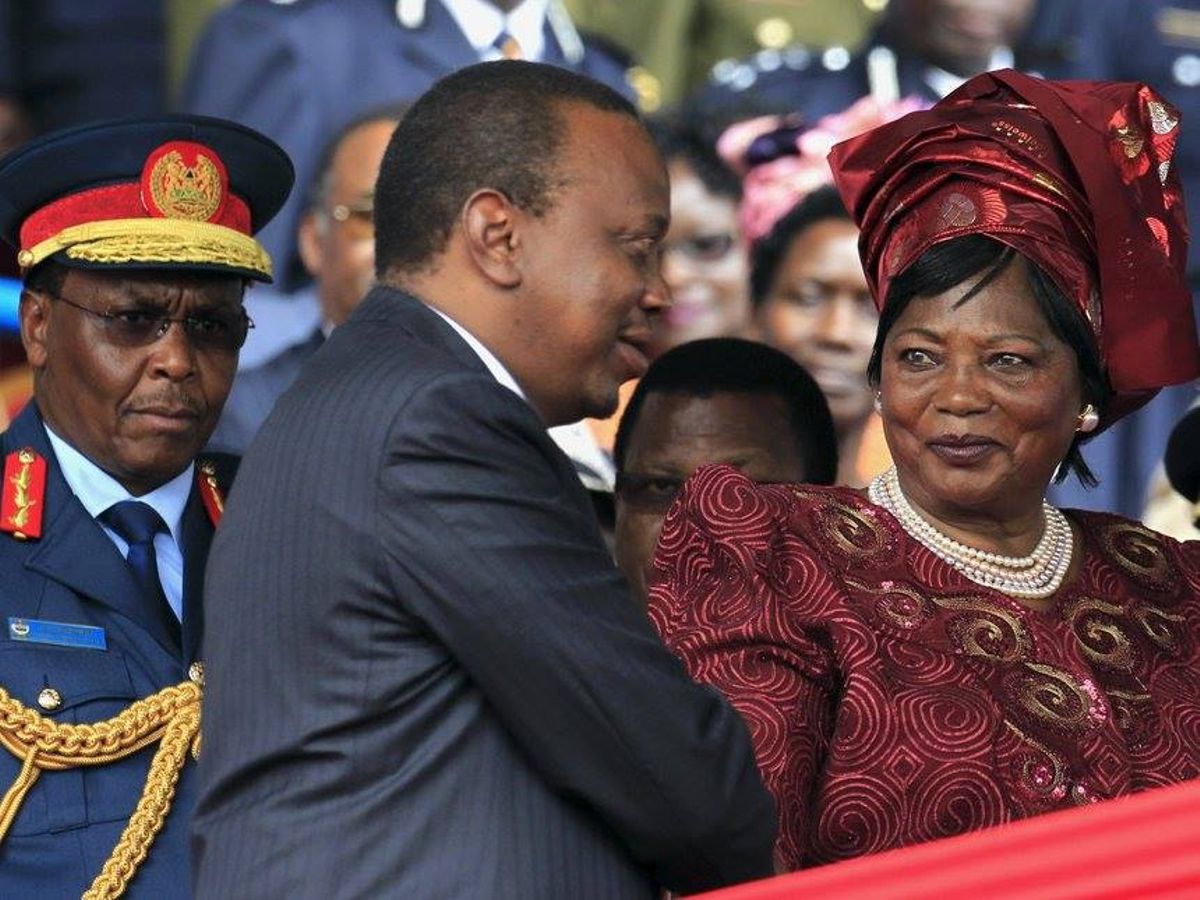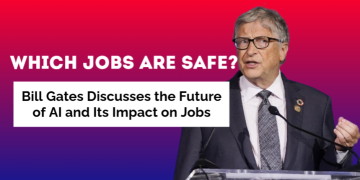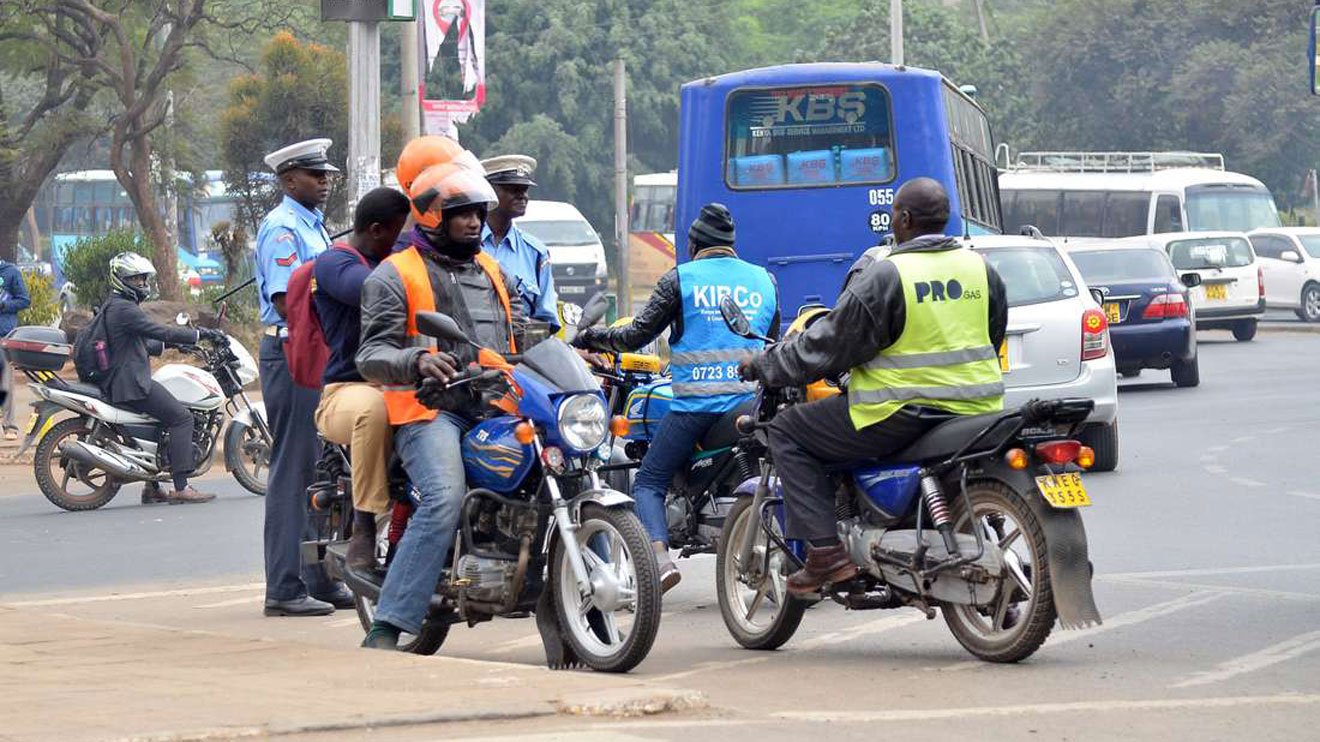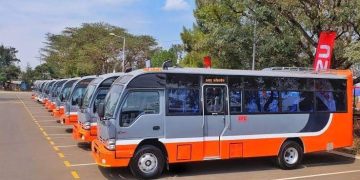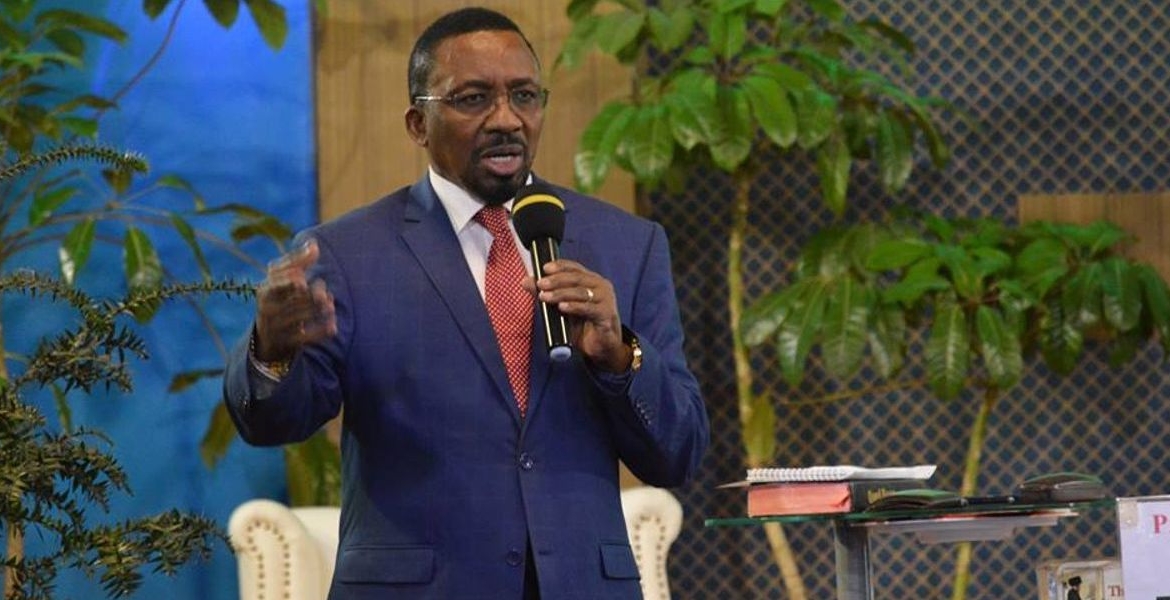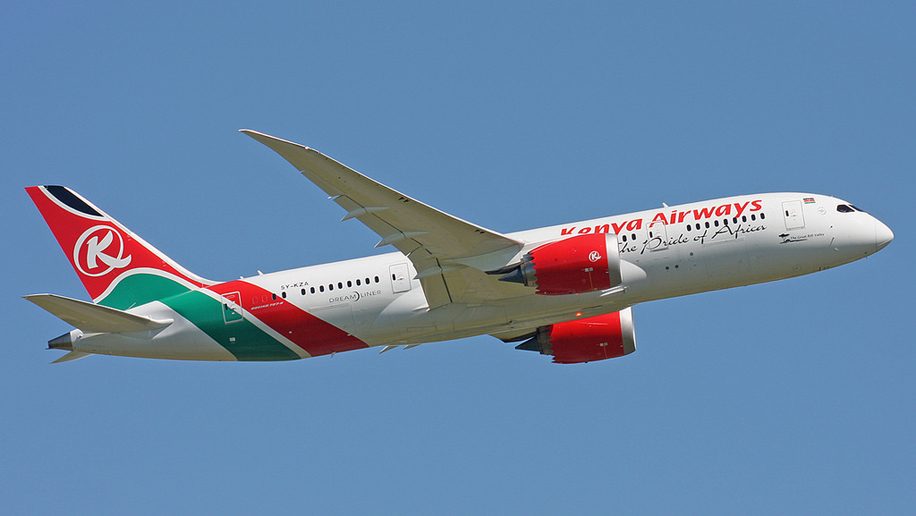Starlink, the satellite internet service launched in 2019 by Elon Musk’s SpaceX, is rapidly transforming internet accessibility worldwide.
Now operational in over 100 countries, the service is increasingly becoming a popular and affordable alternative for users in regions with limited internet infrastructure, including across Africa.
A recent analysis by Rest of World highlights Starlink’s potential to offer relatively inexpensive internet services in parts of Africa.
In at least five of the 16 African countries where Starlink is available, a monthly subscription to the satellite service is cheaper than the leading fixed internet service providers.
Affordability and Accessibility
Starlink’s monthly subscription fees vary by location, but in some African nations, the service is the most budget-friendly option.
For instance, the upfront hardware cost for Starlink ranges from $178 for a Starlink Mini in Kenya to $381 for a Standard Actuated kit in Nigeria.
While the hardware investment may be high initially, the monthly service costs can be more economical in the long run compared to fixed internet providers.
Historically, internet connections have relied on fiber-optic cables and mobile base stations—an infrastructure that is sparse or entirely absent in many regions.
Satellite providers like Starlink bridge this gap, offering an alternative for communities left out of traditional connectivity solutions.
“This is where satellite providers come in,” explained Nitinder Mohan, a computer science professor at the Delft University of Technology in the Netherlands, who has researched Starlink’s global performance.
Dynamic Pricing and Market Adjustments
Starlink’s pricing is not fixed and adjusts based on market conditions. The company acknowledges this approach on its website, stating:
“Starlink may adjust prices over time to reflect market conditions resulting in a decrease or increase of the monthly service plan cost.”
This pricing strategy can make it difficult to predict long-term costs but offers flexibility in adapting to regional economic conditions. Despite requests from Rest of World, SpaceX declined to comment on its pricing model or future plans.
Comparative Analysis in Africa
The analysis conducted by Rest of World on January 9, 2025, compared Starlink’s residential service to the cheapest unlimited fixed internet plans offered by leading providers in each country.
To ensure consistency, prices were converted into U.S. dollars, and the most competitive options were identified through reports from communications authorities and the companies’ official websites.
The findings underscore Starlink’s potential to disrupt the traditional internet service market in Africa, especially in areas underserved by ground-based providers.
While upfront hardware costs may remain a barrier for some, Starlink’s broader availability and competitive pricing have positioned it as a viable solution for millions seeking reliable internet access.

The Future of Connectivity in Underserved Regions
Starlink’s expanding footprint underscores the growing importance of satellite internet in bridging the digital divide.
As ground-based infrastructure continues to lag in many parts of the world, satellite internet providers like Starlink offer a lifeline for regions struggling with connectivity challenges.
With its ability to deliver internet to even the most remote locations, Starlink is poised to become a key player in the global fight for universal internet access.
For Africa, where traditional infrastructure has often fallen short, this service represents a critical step forward in achieving widespread digital inclusion.


